
A New Standard in AI Models

A New Standard in AI Models

The Next Evolution in Intelligent Code Editors

Coding Made Easy: How Codestral Mamba Redefines AI-Assisted Programming
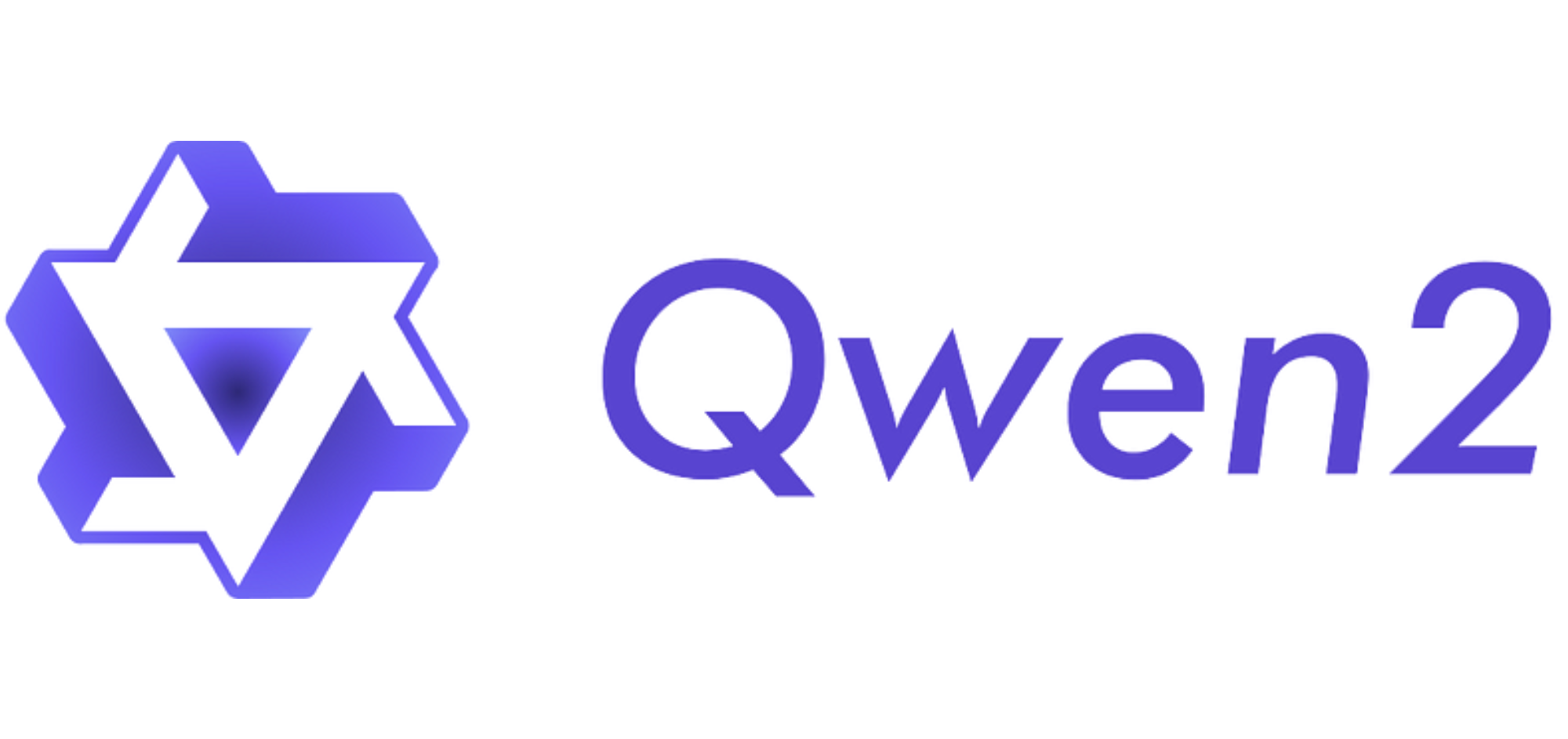
Introduction In the ever-evolving landscape of artificial intelligence, staying ahead means constantly pushing the boundaries of what machines can do. Alibaba Group, a titan in global commerce and technology, has introduced their new groundbreaking AI model, Qwen2, poised to redefine how machines understand and interact with the world.
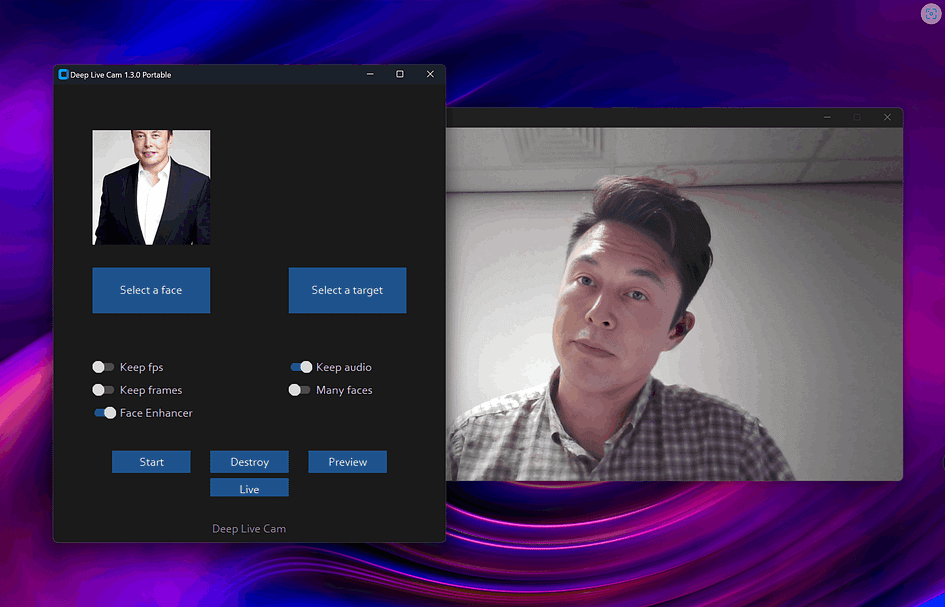
A Step-by-Step Guide: Installation, Usage, and Troubleshooting
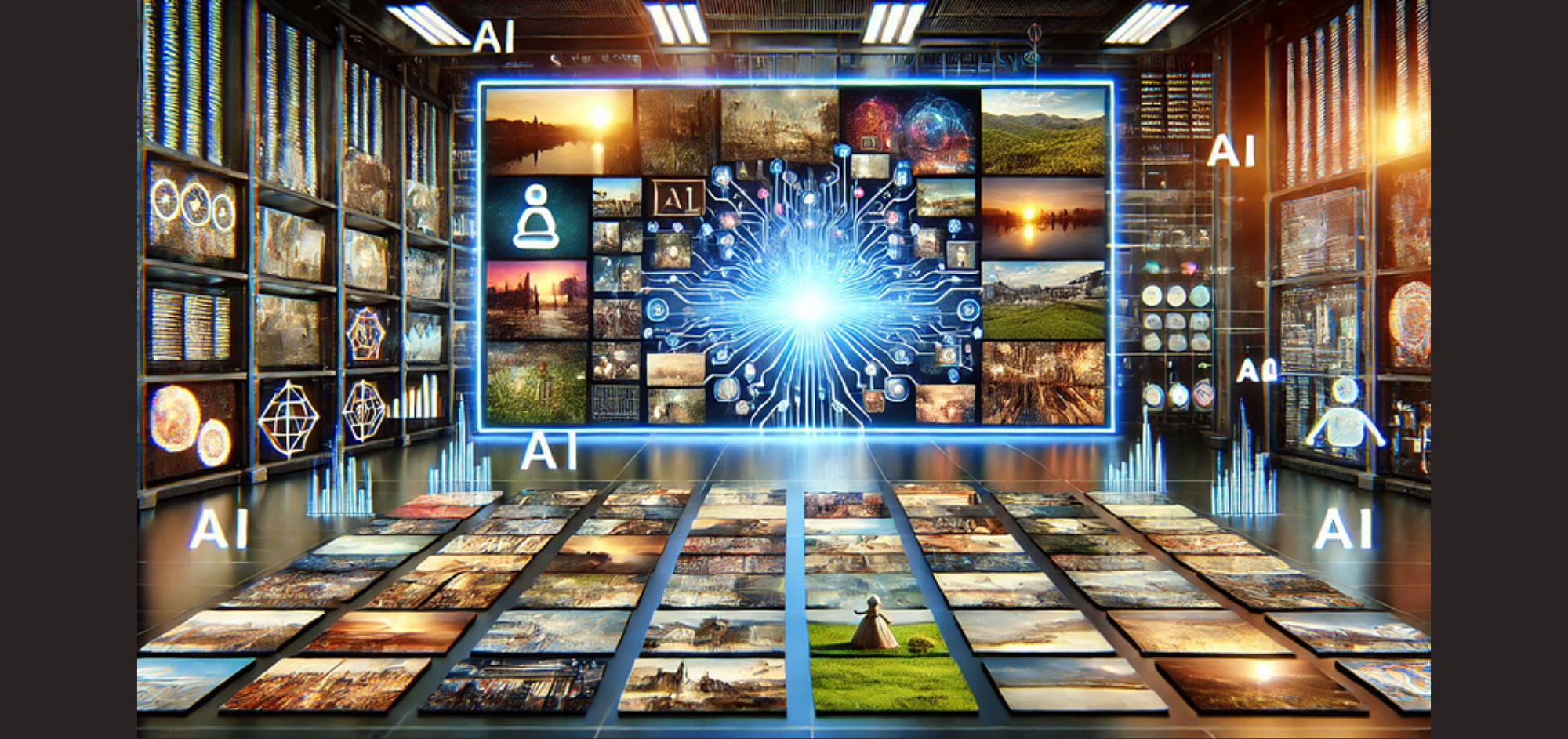
Everything You Need to Know About LLava Models
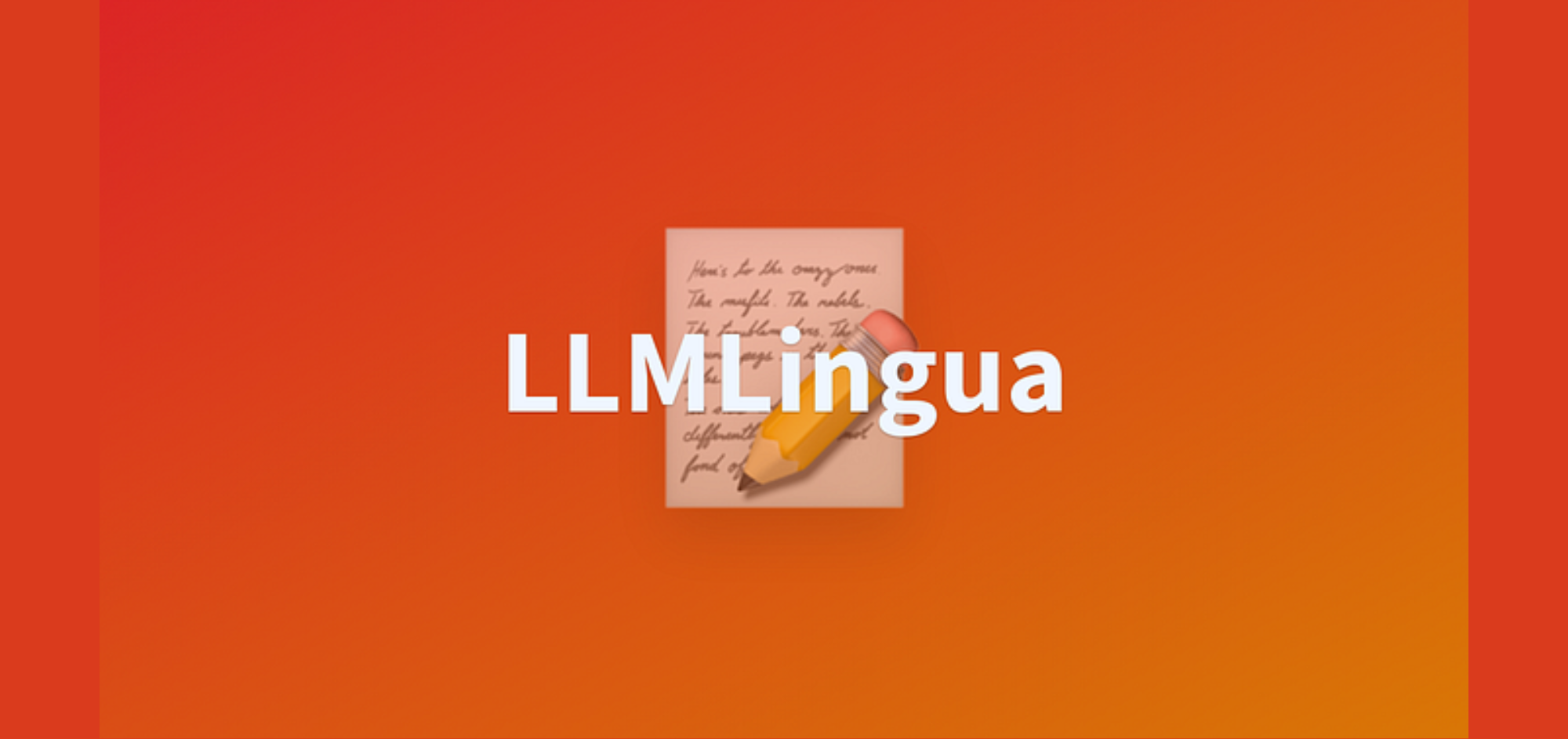
Accelerating LLMs with Advanced Prompt Compression

Redefining AI: The Compact Power of TinyLlama in Everyday Applications
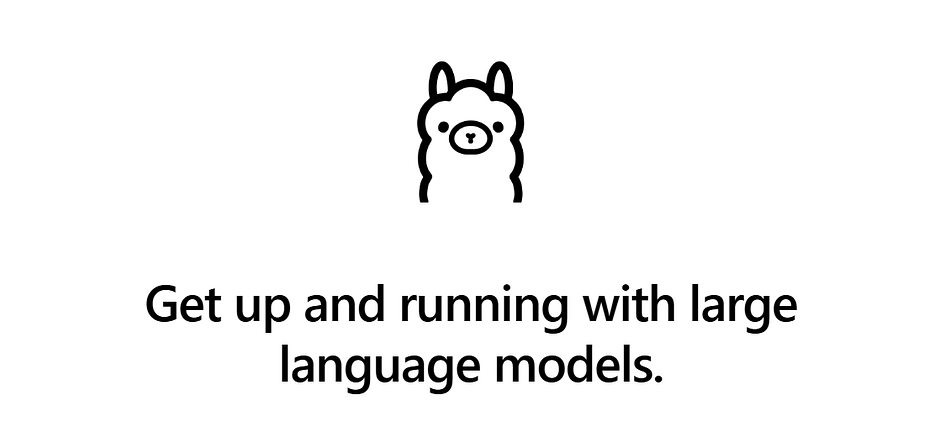
Introduction In today’s technological landscape, Large Language Models (LLMs) have become indispensable tools, capable of exhibiting human-level performance across various tasks, from text generation to code writing and language translation. However, deploying and running these models typically require substantial resources and expertise, especially in local environments. This is where Ollama comes into play.What is Ollama?
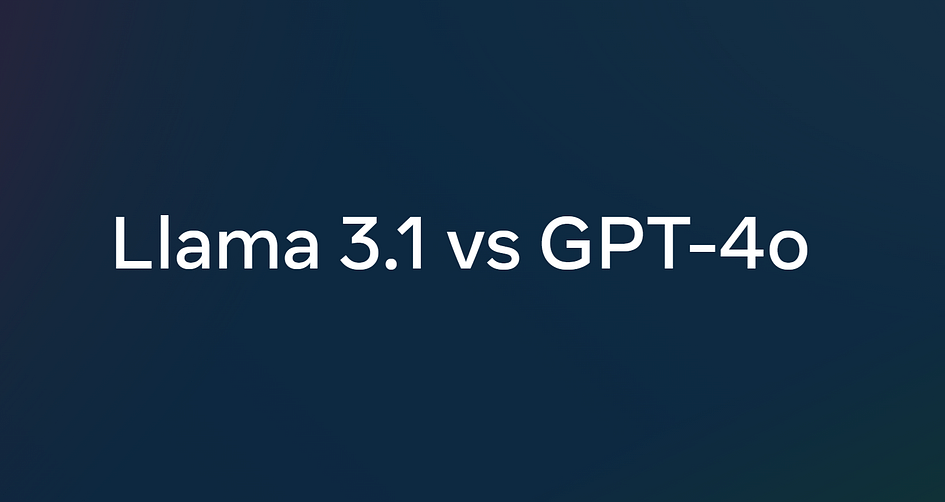
Evaluating Llama 3.1–405B and GPT-4o Across Key Performance Metrics to Determine the Superior AI Model for Users and Developers.

Everything You Need to Know About This Powerful AI Model